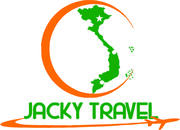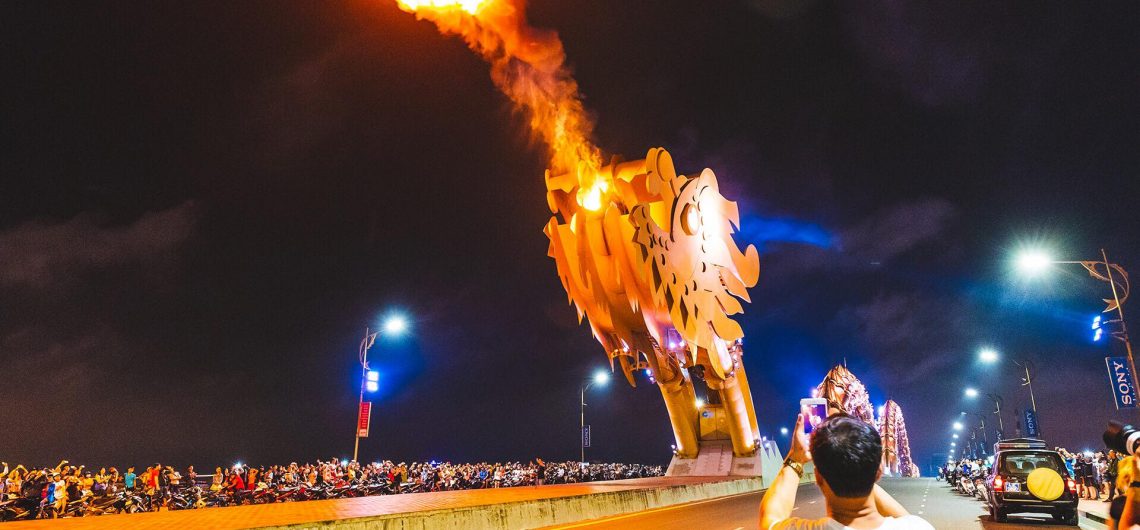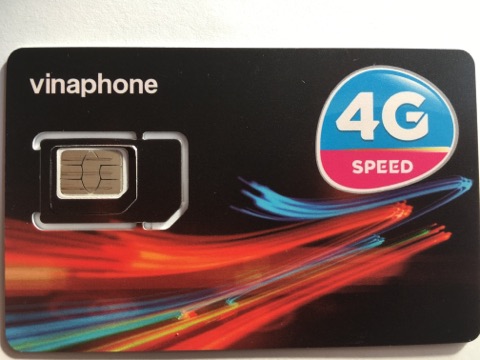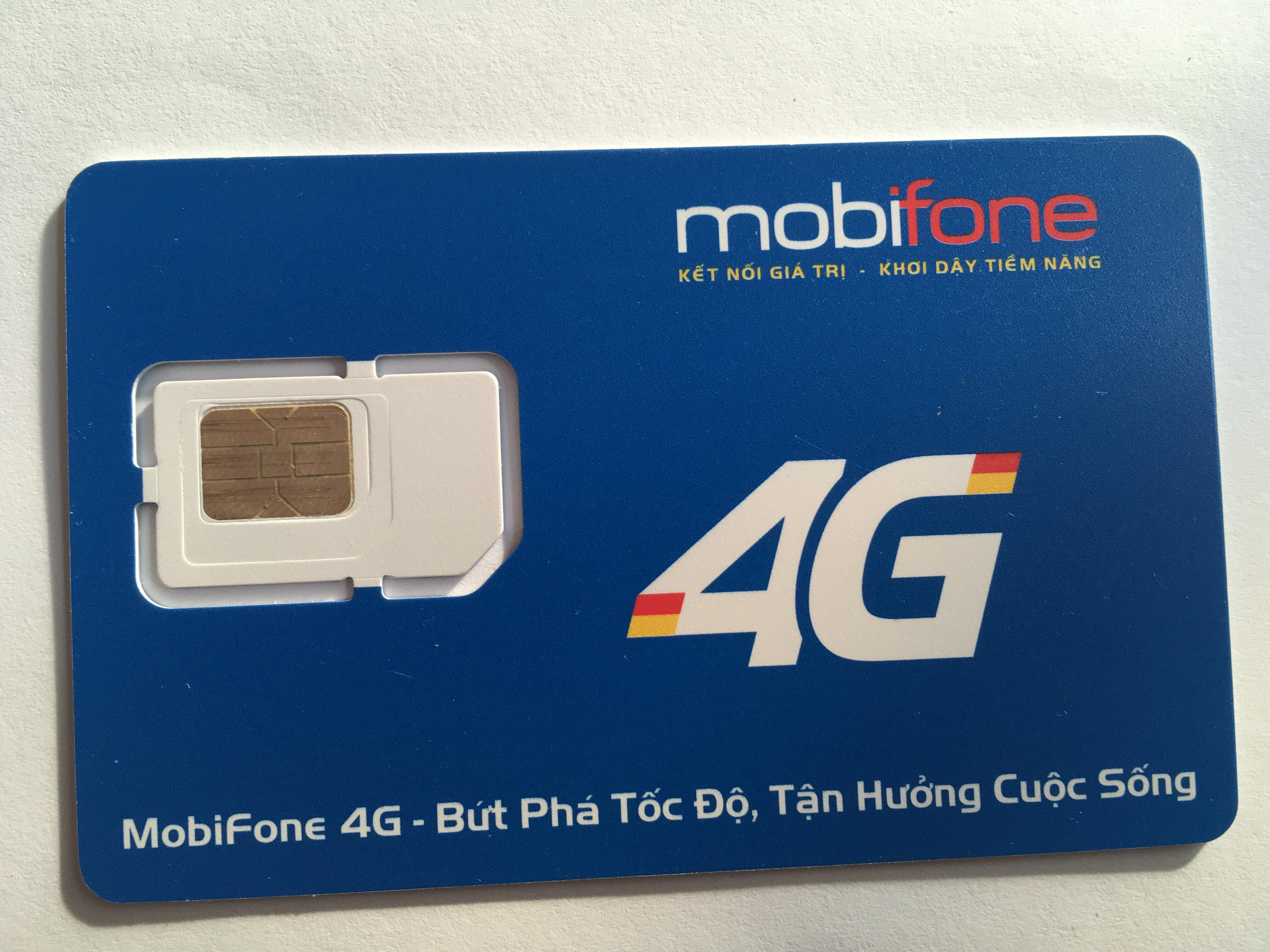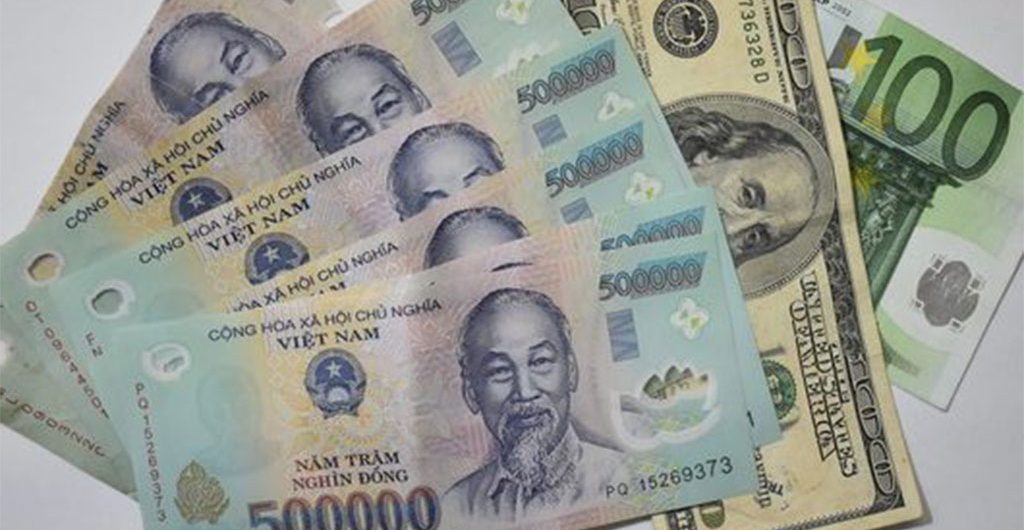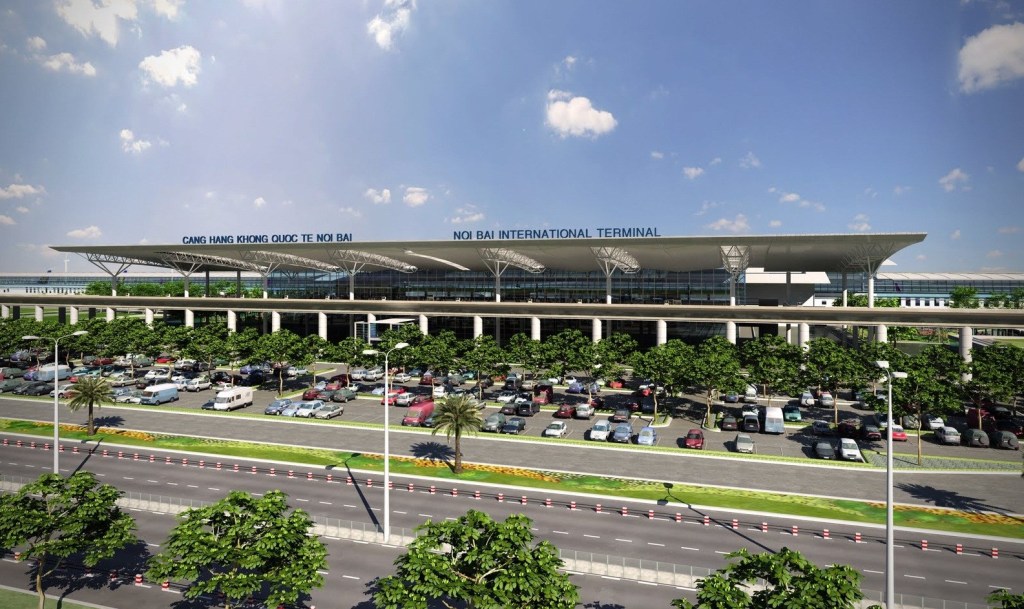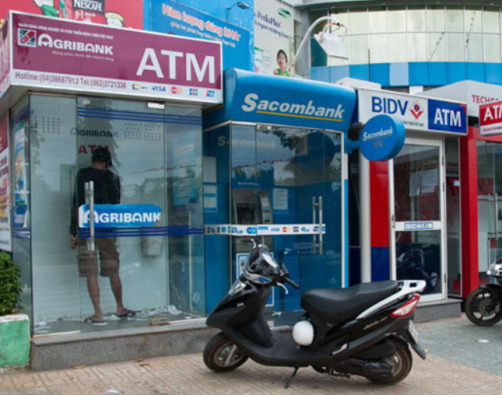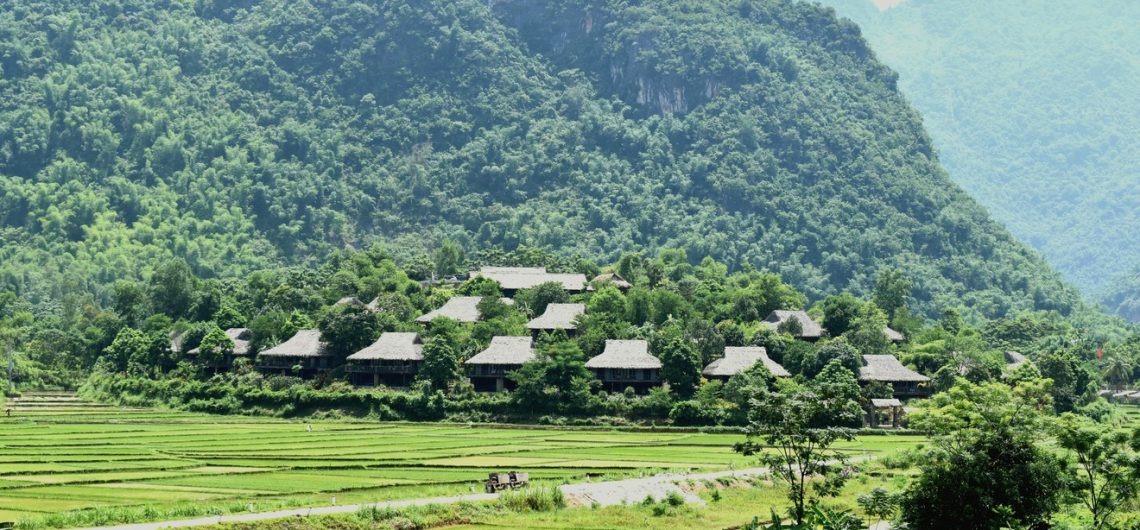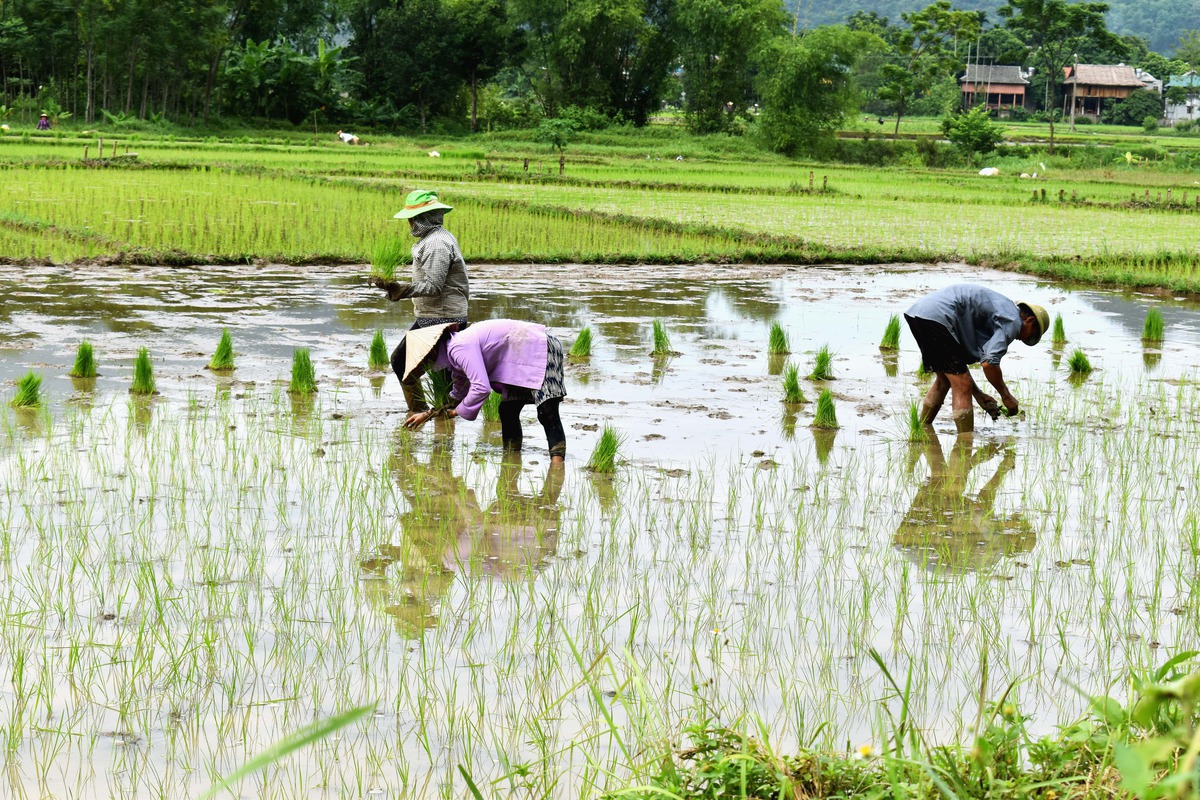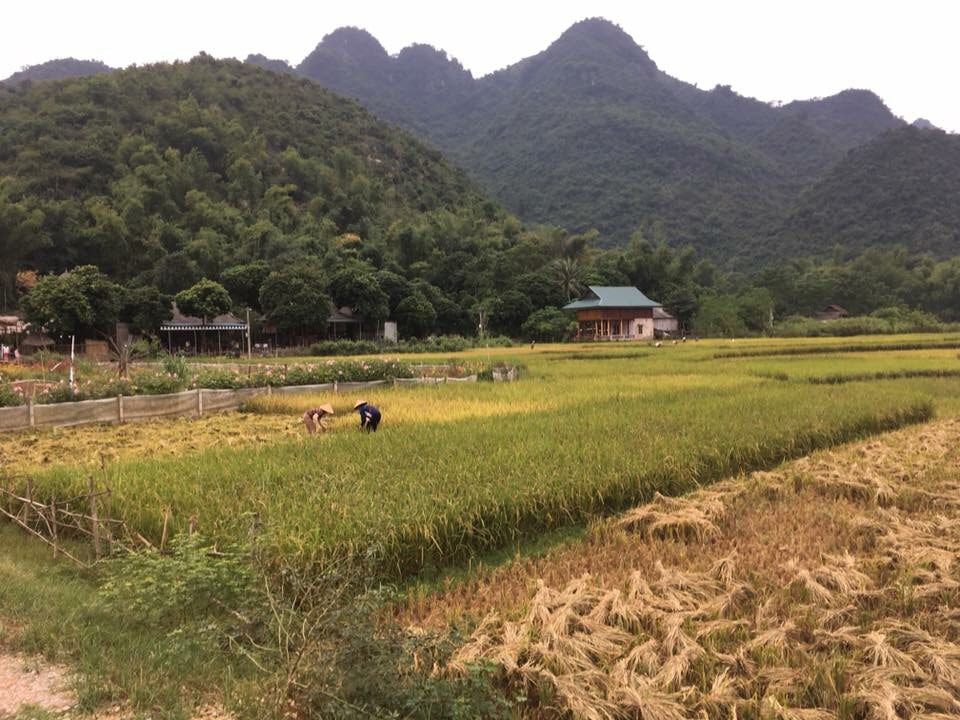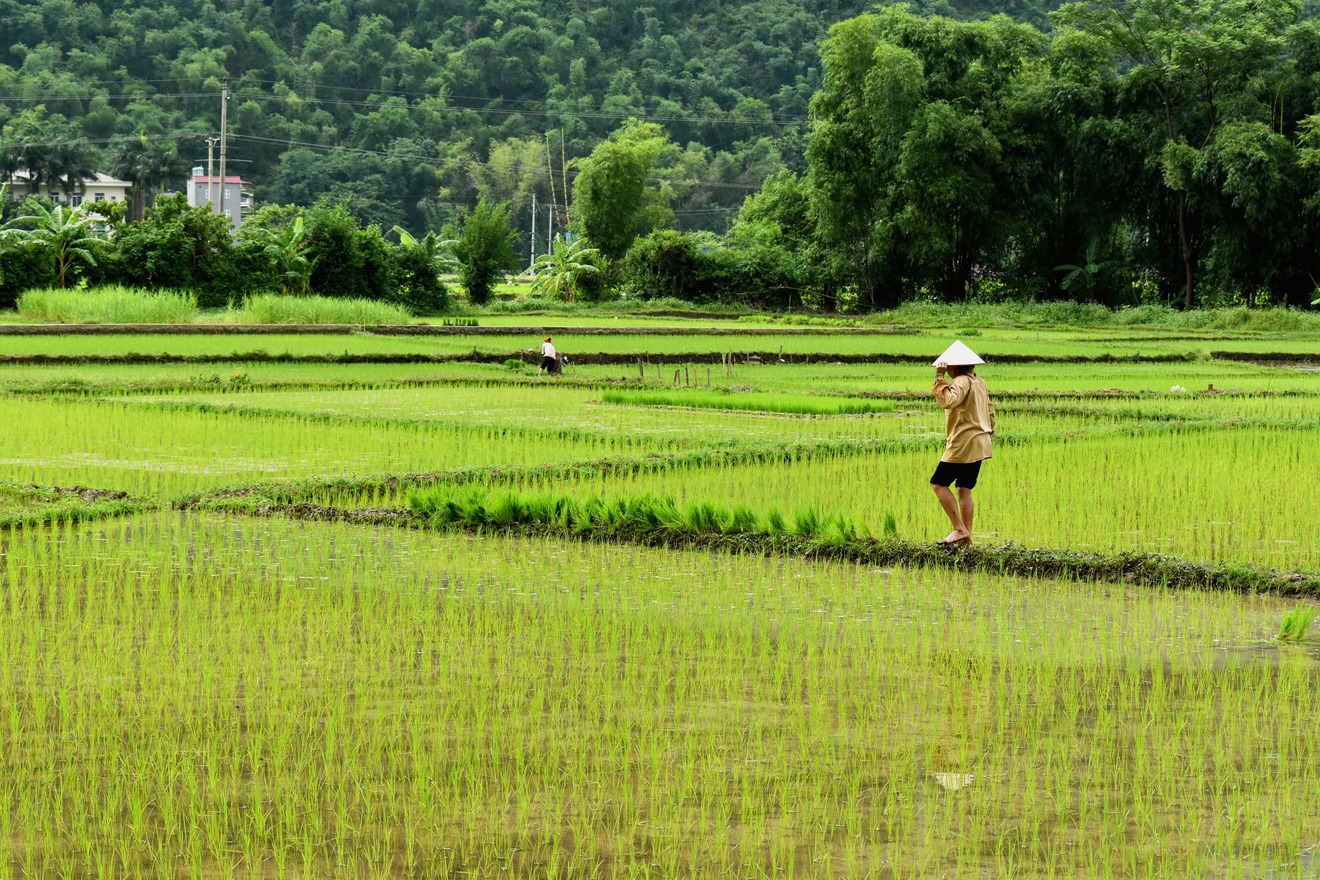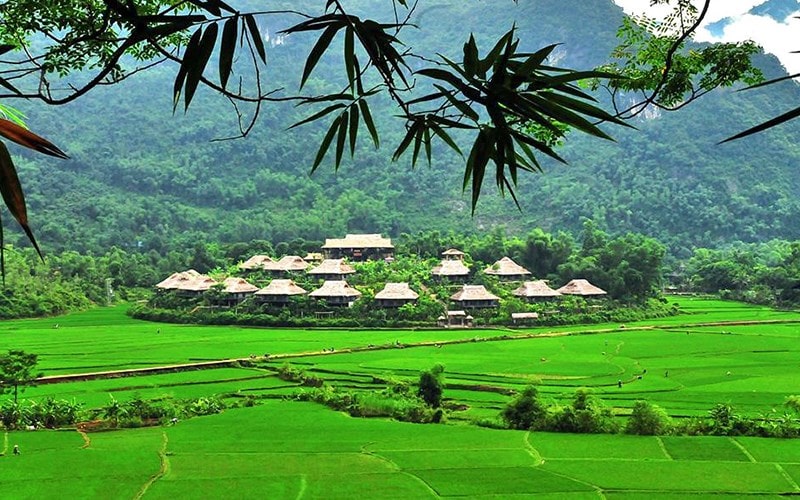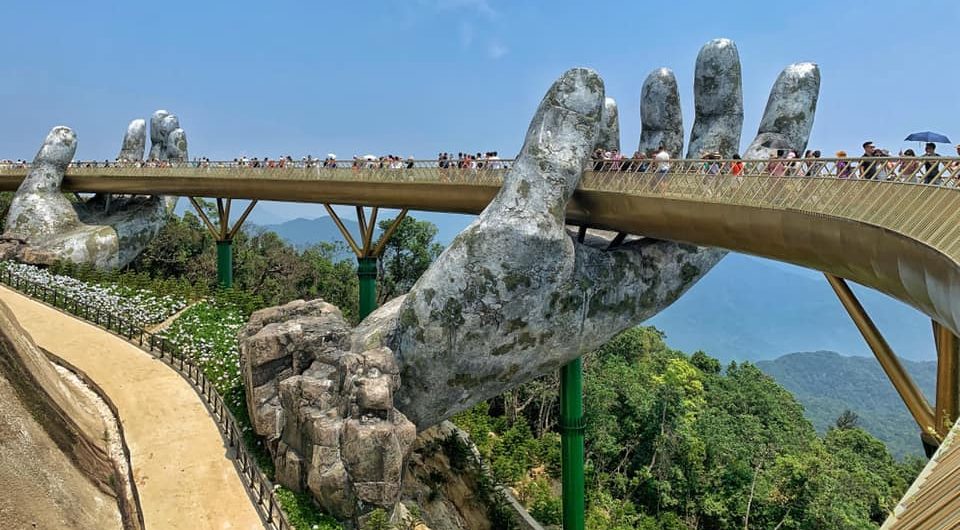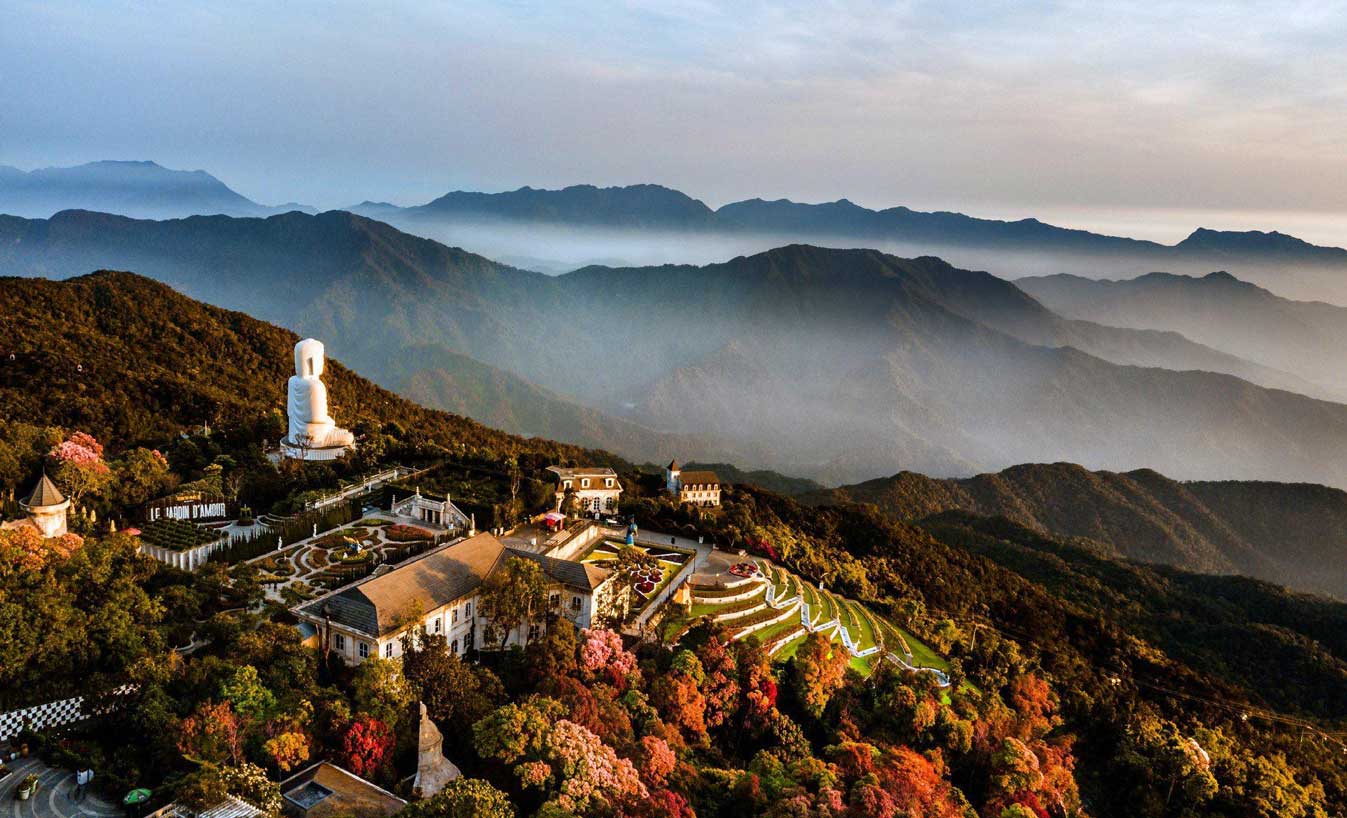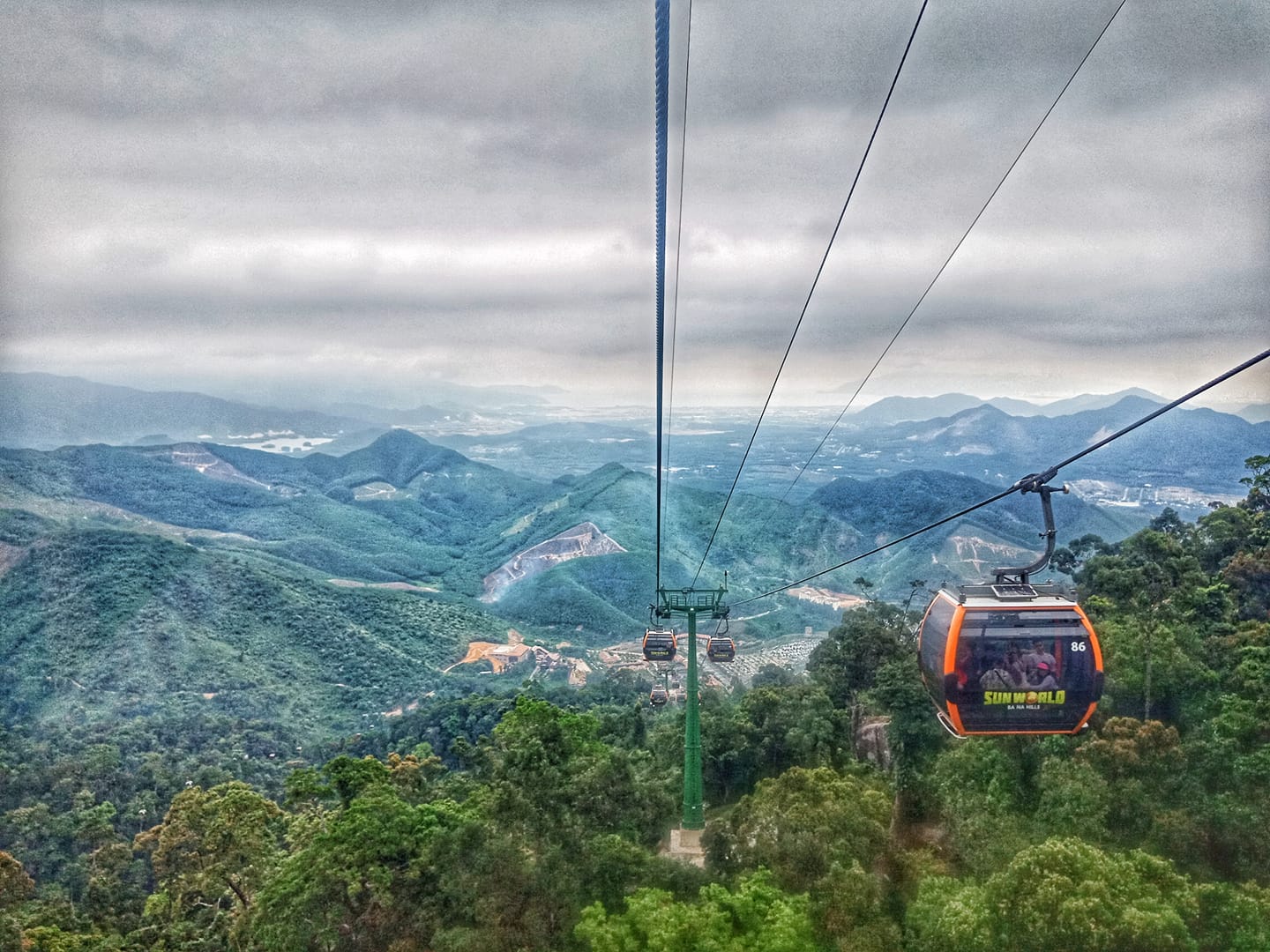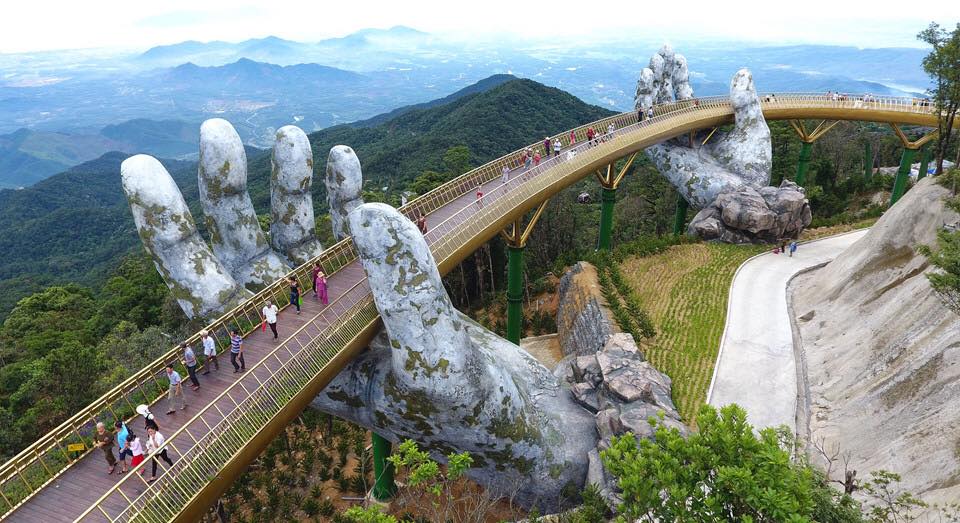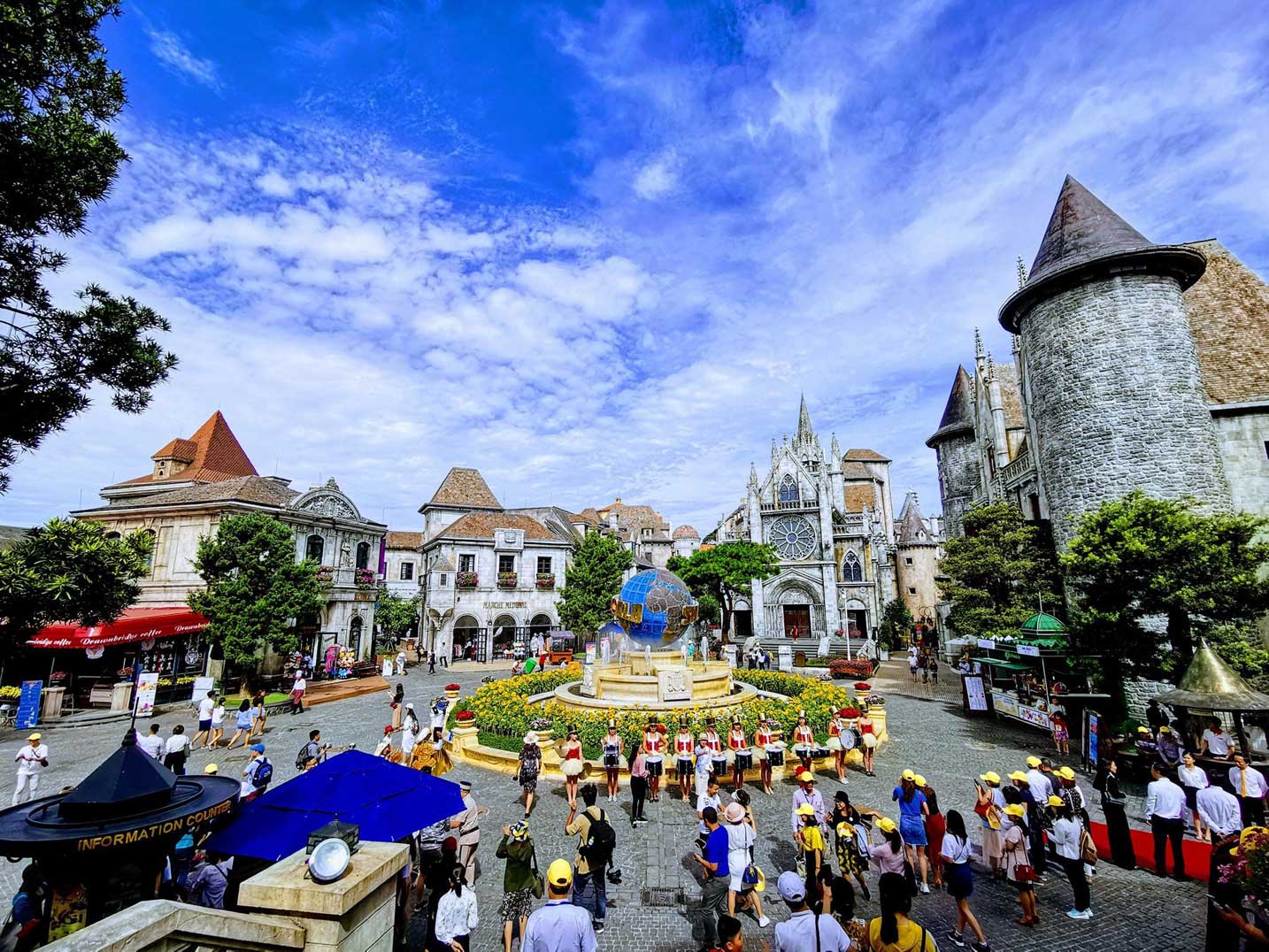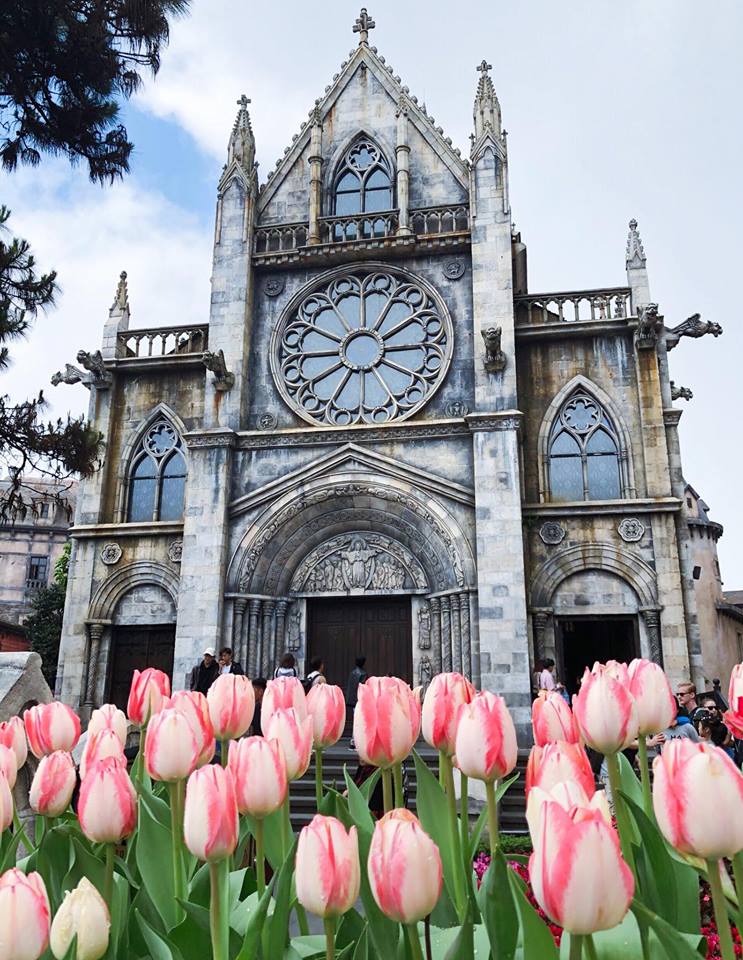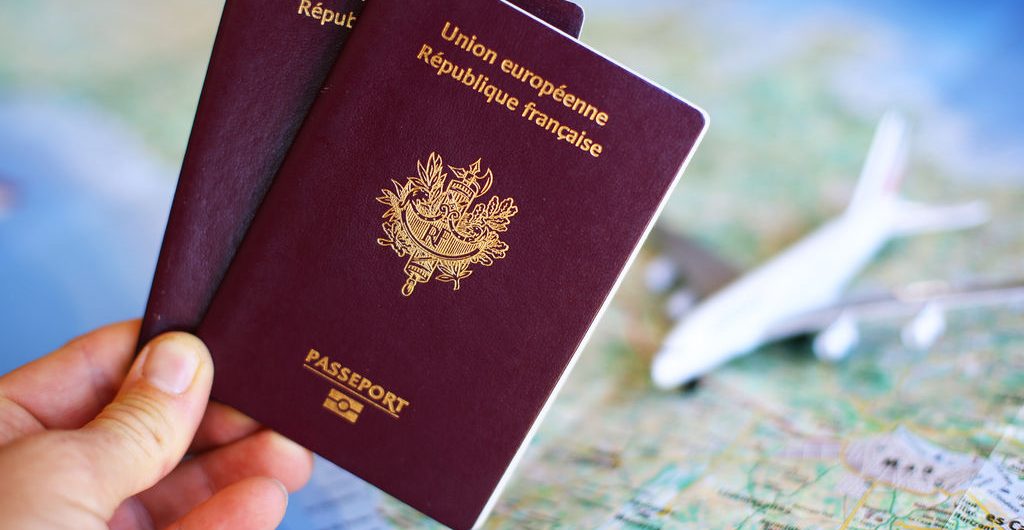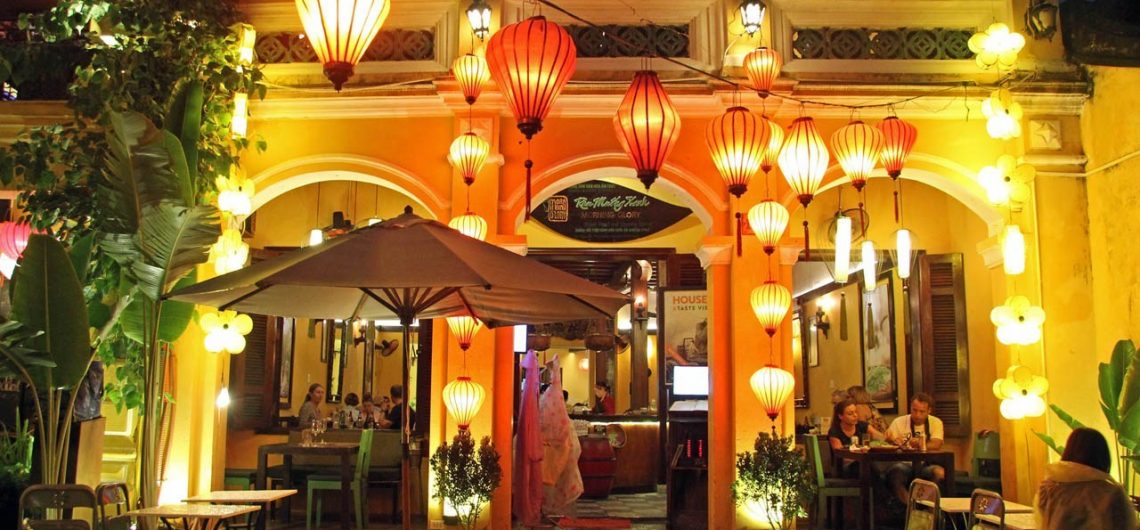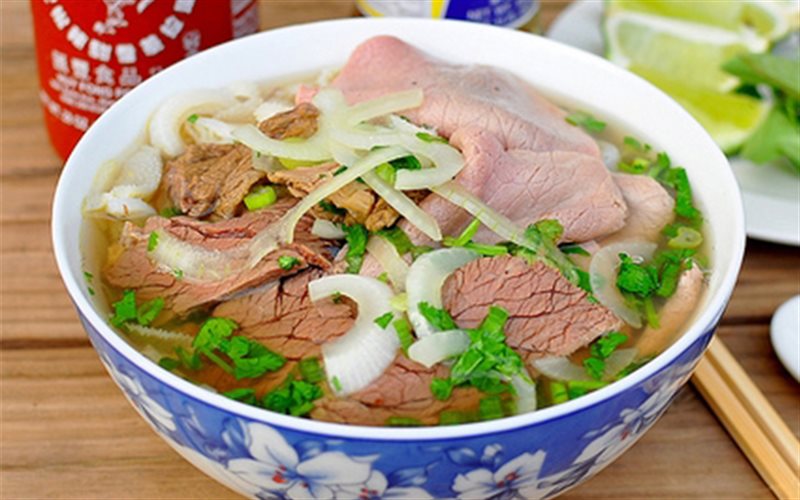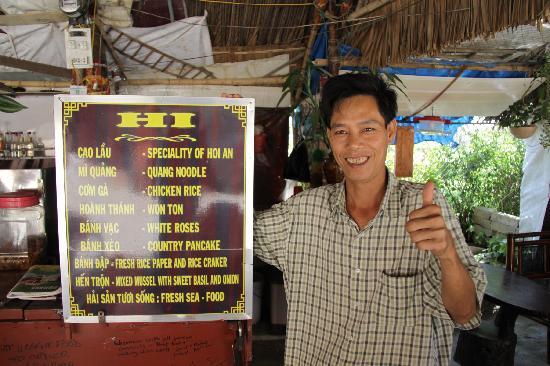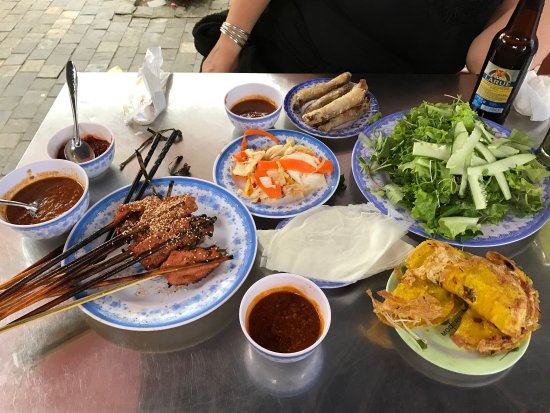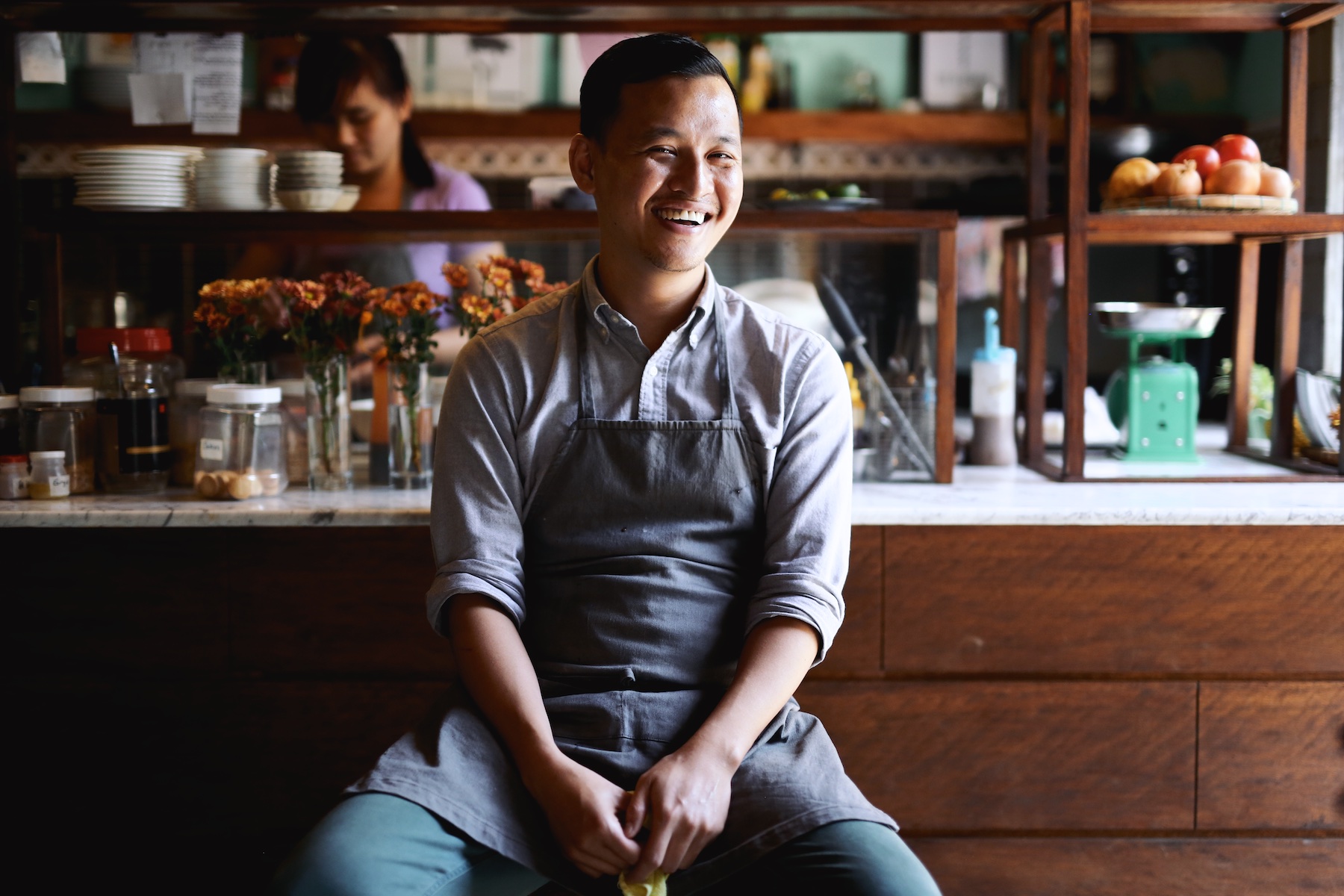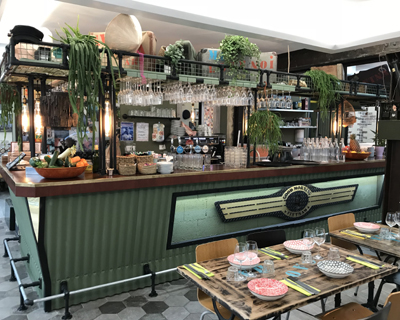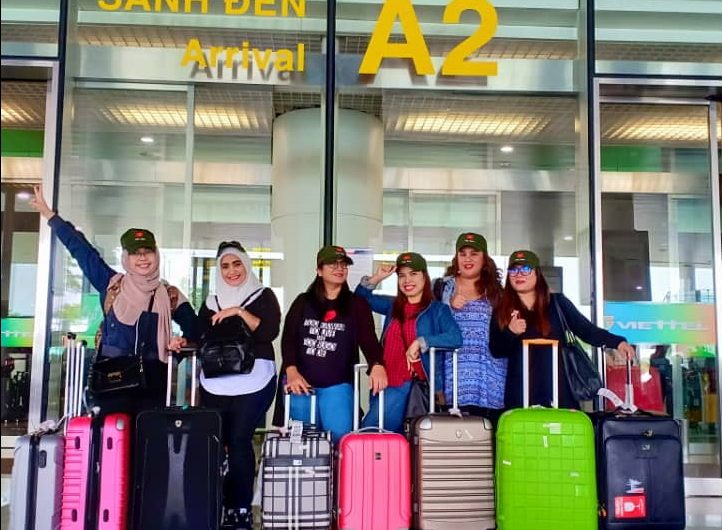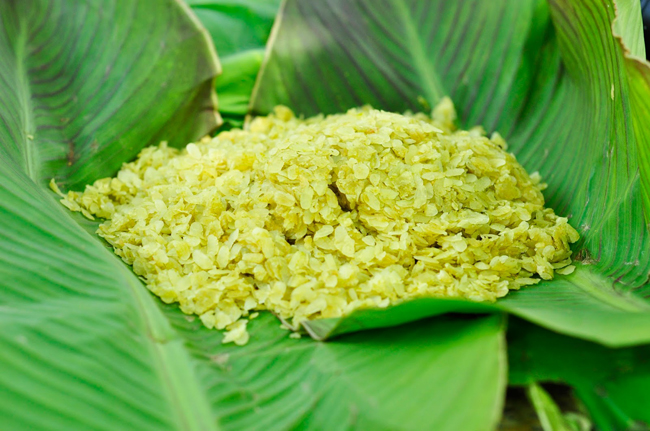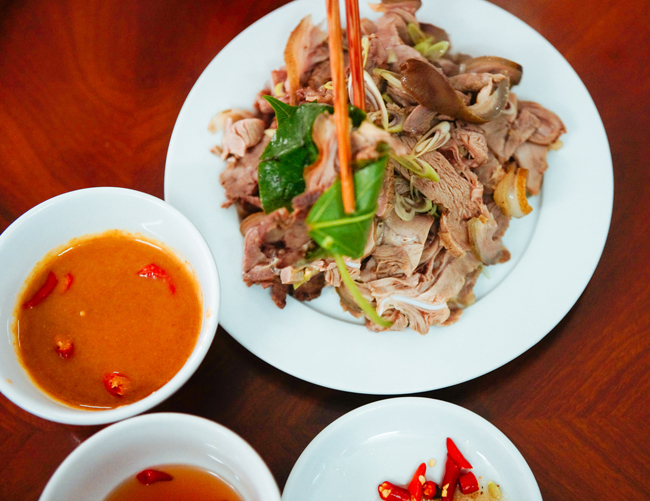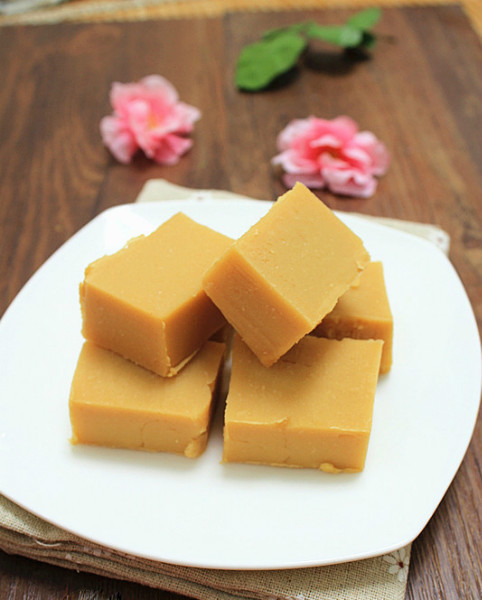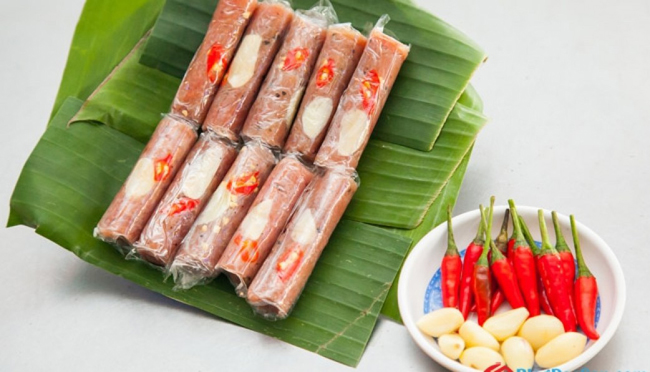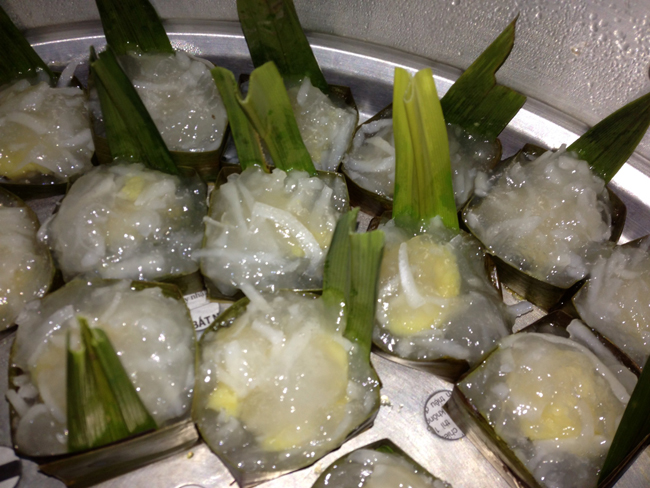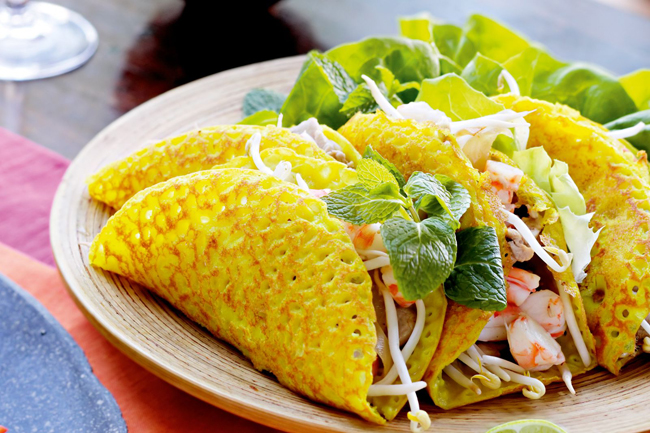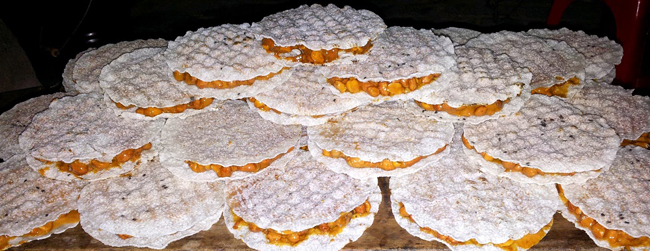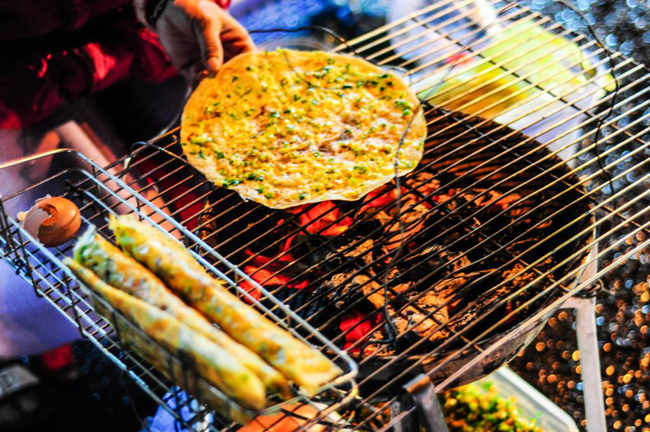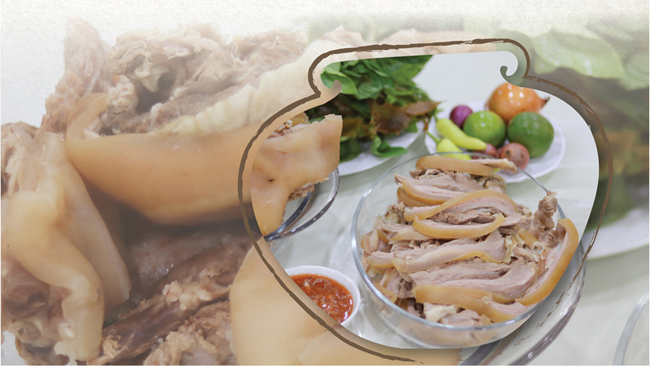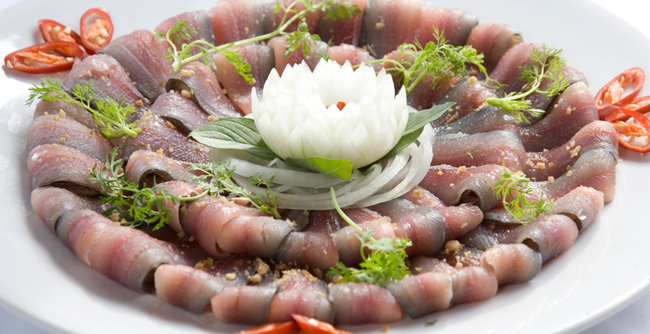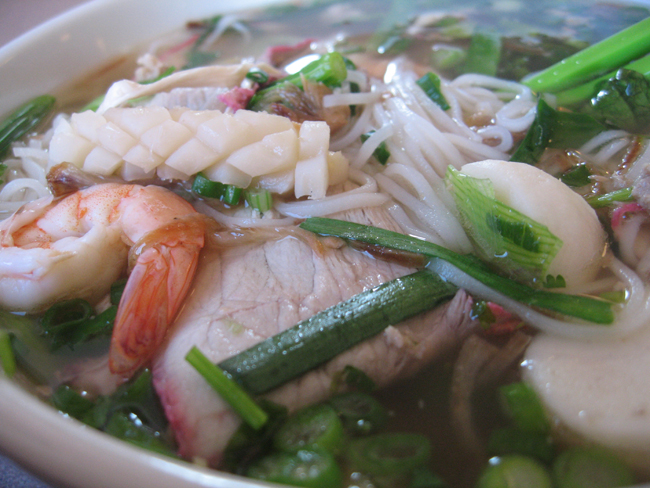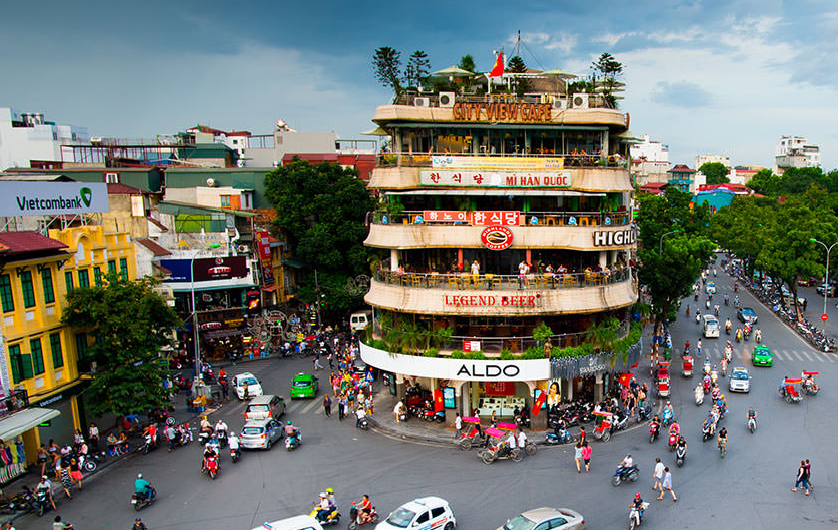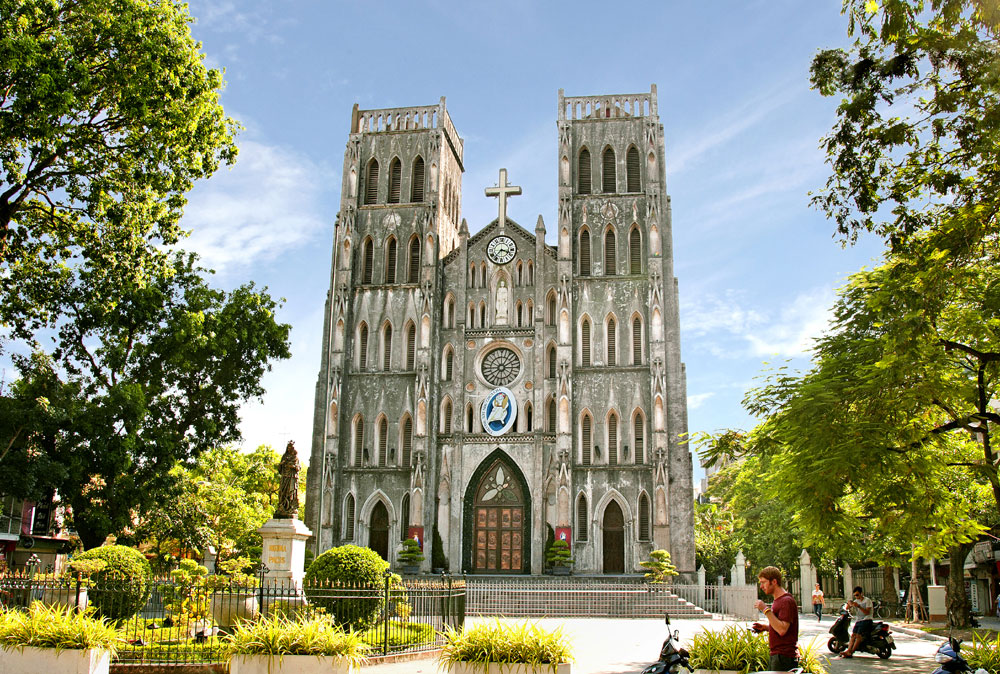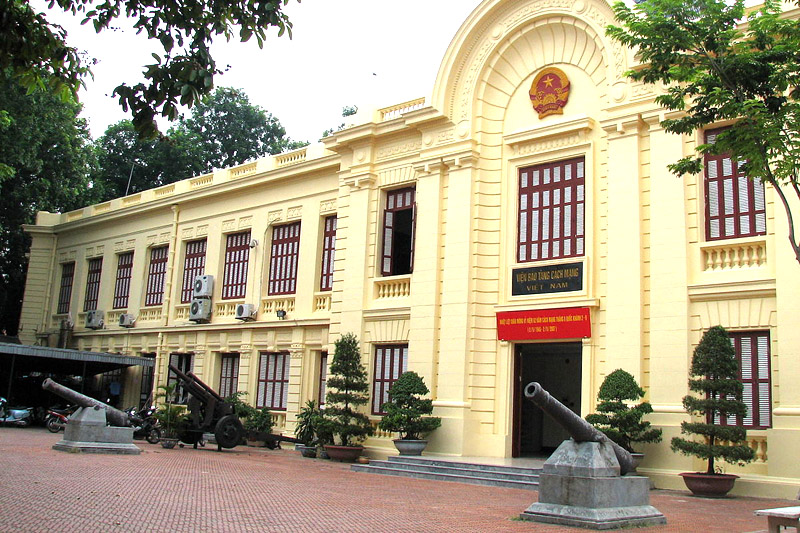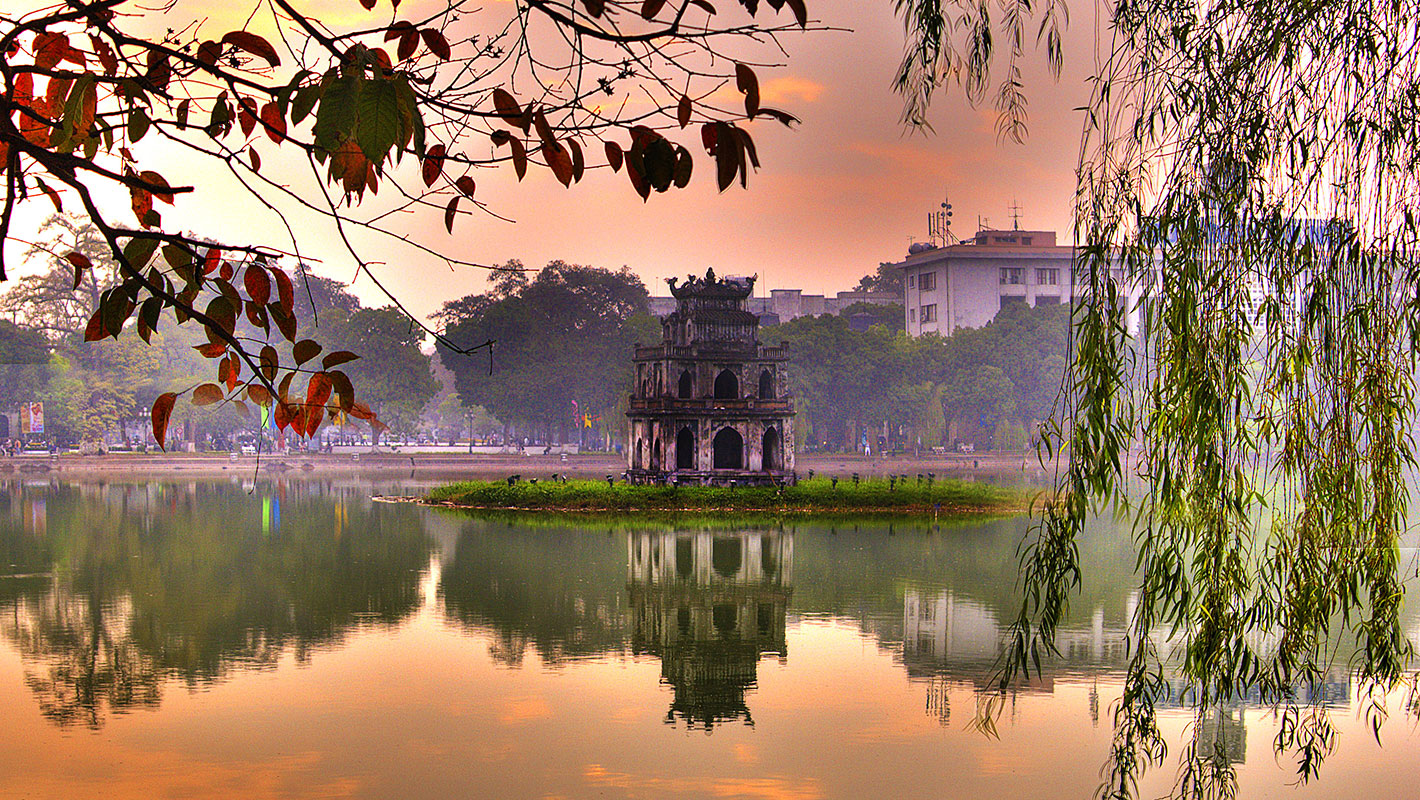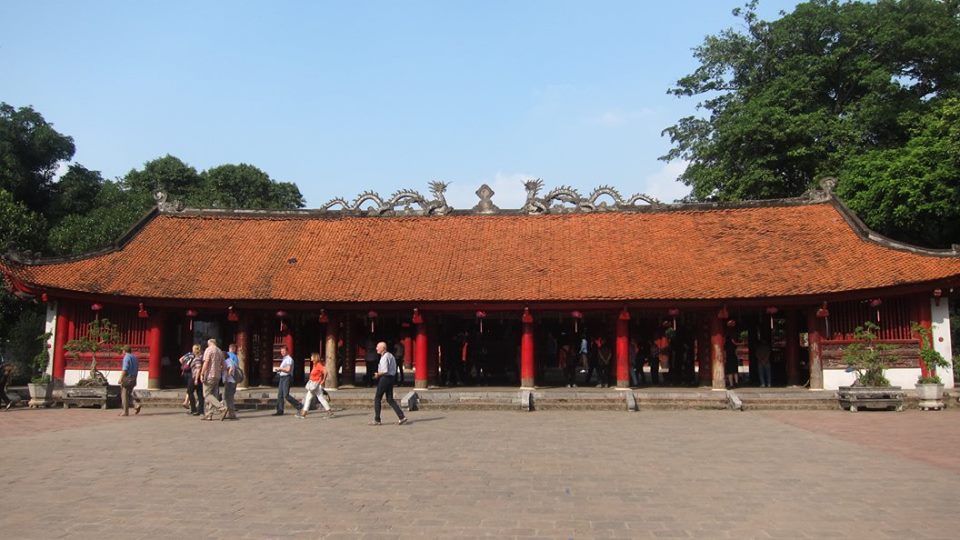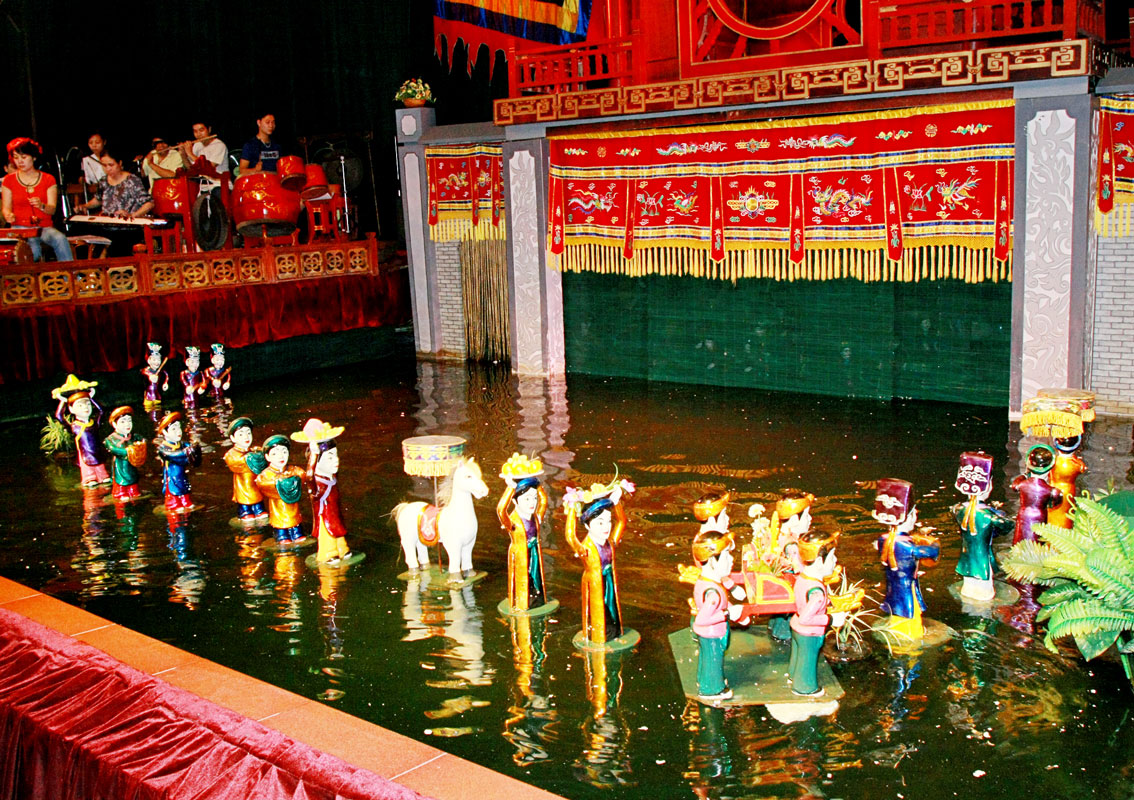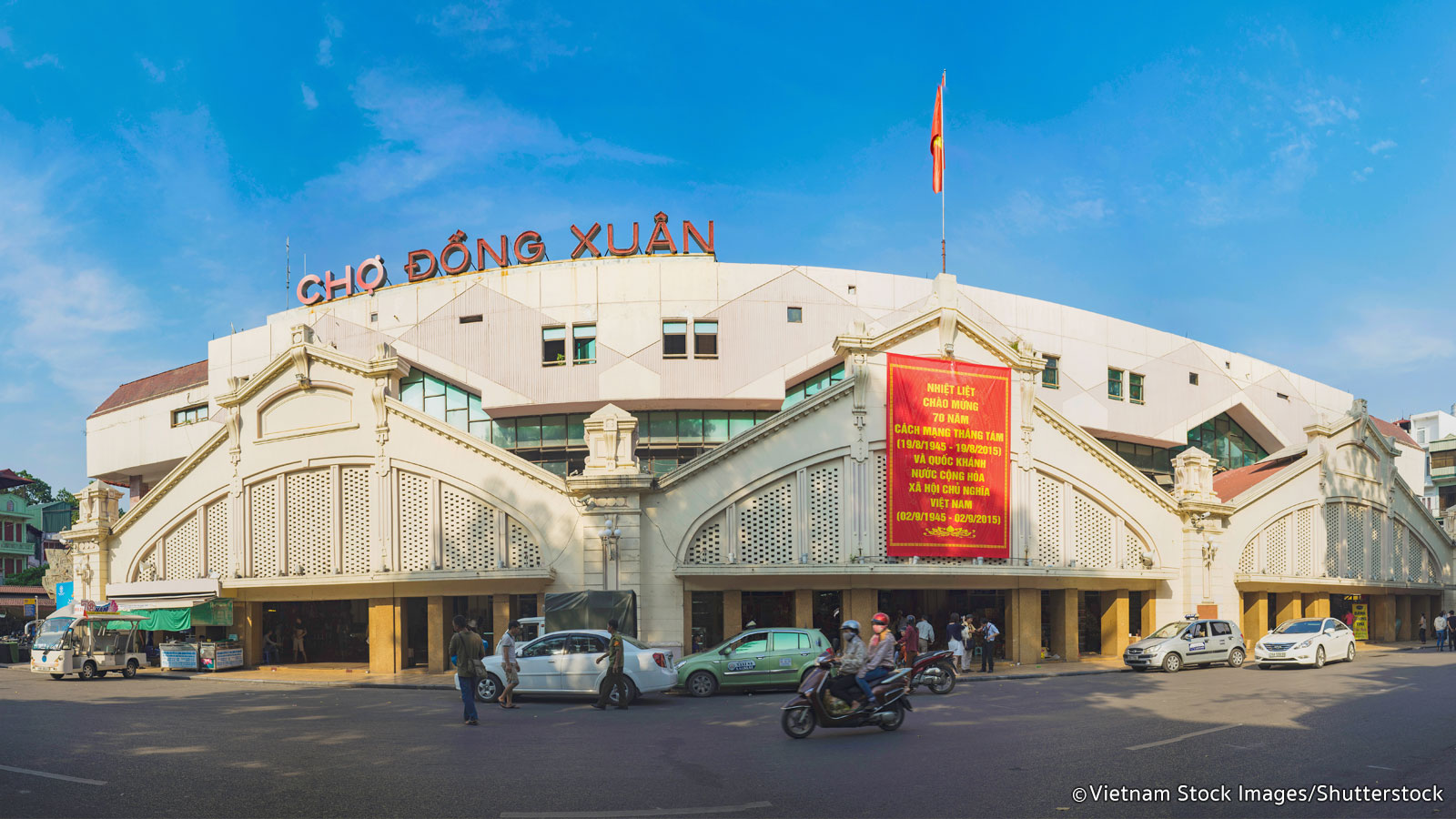Visa Vietnam : How to get a visa for Vietnam in 2023 ? Most travelers wishing to visit or travel to Vietnam will need a visa to enter the country. Only Denmark, Finland, Norway, Sweden, Russia, Brunei, Myanmar, Japan, South Korea, Great Britain, Germany, Spain, Italy and France passport holders are visa-exempt for Vietnam provided that their travel or stay in Vietnam is part of a short-term tourist trip of less than 45 days. Similarly, citizens of Cambodia, Indonesia, Laos, Malaysia, Singapore, Thailand and Kyrgyzstan can enter Vietnam without a visa for any tourist stay of up to 30 days. Citizens of the Philippines are exempt from visa for stays of less than 21 days. Beyond this period of stay, a visa is required for these nationalities. (Vietnam travel: How to obtain a Vietnam visa) There are 2 ways to get a Vietnam visa: - The first is to apply for e-visa on the official government website : E-VISA VIETNAM - The second solution is to obtain Visa Vietnam on arrival at the immigration post if your passport is not allowed to apply for e-visa, you will need invitation letter (commonly called "approval letter"). In any case, before taking the steps to obtain a Vietnam visa, the traveler must be in possession of a valid passport (the passport must be valid for at least 6 months after the date of return), non-biometric passports are accepted. A Vietnam tourist visa is automatically a single entry visa (unless you apply for a multiple entry visa), which means that if you leave Vietnam (for example for a combined trip with Cambodia , Thailand or Laos), you will need a new visa to return (or apply for a multiple entry visa) unless you are in transit at the airport, of course. Note: It is
Visa Vietnam : How to get a visa for Vietnam in 2023 ?
Most travelers wishing to visit or travel to Vietnam will need a visa to enter the country. Only Denmark, Finland, Norway, Sweden, Russia, Brunei, Myanmar, Japan, South Korea, Great Britain, Germany, Spain, Italy and France passport holders are visa-exempt for Vietnam provided that their travel or stay in Vietnam is part of a short-term tourist trip of less than 45 days. Similarly, citizens of Cambodia, Indonesia, Laos, Malaysia, Singapore, Thailand and Kyrgyzstan can enter Vietnam without a visa for any tourist stay of up to 30 days. Citizens of the Philippines are exempt from visa for stays of less than 21 days. Beyond this period of stay, a visa is required for these nationalities. (Vietnam travel: How to obtain a Vietnam visa)
There are 2 ways to get a Vietnam visa:
– The first is to apply for e-visa on the official government website : E-VISA VIETNAM
– The second solution is to obtain Visa Vietnam on arrival at the immigration post if your passport is not allowed to apply for e-visa, you will need invitation letter (commonly called “approval letter”).
In any case, before taking the steps to obtain a Vietnam visa, the traveler must be in possession of a valid passport (the passport must be valid for at least 6 months after the date of return), non-biometric passports are accepted.
A Vietnam tourist visa is automatically a single entry visa (unless you apply for a multiple entry visa), which means that if you leave Vietnam (for example for a combined trip with Cambodia , Thailand or Laos), you will need a new visa to return (or apply for a multiple entry visa) unless you are in transit at the airport, of course.
Note:
It is not necessary anymore to wait at least 30 days after leaving Vietnam to enjoy a new visa exemption (updated in 2023).
Here is the list of border gates that allowed foreigners enter and exit Vietnam by E-visa :
13 international airports: Noi Bai (Ha Noi), Tan Son Nhat (Ho Chi Minh City), Cam Ranh (Khanh Hoa), Da Nang, Cat Bi (Hai Phong), Can Tho, Phu Quoc (Kien Giang), Phu Bai (Thua Thien Hue), Van Don (Quang Ninh), Tho Xuan (Thanh Hoa), Dong Hoi (Quang Binh), Phu Cat (Binh Dinh), Lien Khuong (Lam Dong).
16 land border gates: Tay Trang (Dien Bien), Mong Cai (Quang Ninh), Huu Nghi (Lang Son), Lao Cai, Na Meo (Thanh Hoa), Nam Can (Nghe An), Cau Treo (Ha Tinh), Cha Lo (Quang Binh), La Lay and Lao Bao (Quang Tri), Bo Y (Kon Tum), Moc Bai and Xa Mat (Tay Ninh), Tinh Bien and Vinh Xuong (An Giang), Ha Tien (Kien Giang).
13 sea border gates: Hon Gai and Cam Pha (Quang Ninh), Hai Phong, Nghi Son (Thanh Hoa), Vung Ang (Ha Tinh), Chan May (Thua Thien Hue), Da Nang, Nha Trang (Khanh Hoa), Quy Nhon (Binh Dinh), Dung Quat (Quang Ngai), Vung Tau (Ba Ria – Vung Tau), Ho Chi Minh City, Duong Dong (Kien Giang).
Visa Vietnam on arrival at the airport:
Visa on arrival is available only for passport holders who cannot apply for E-Visa. You can get a visa for Vietnam upon arrival if you arrive in Vietnam by one of these 3 airports (Hanoi, Ho Chi Minh, Danang) through an invitation letter commonly called “approval letter”.
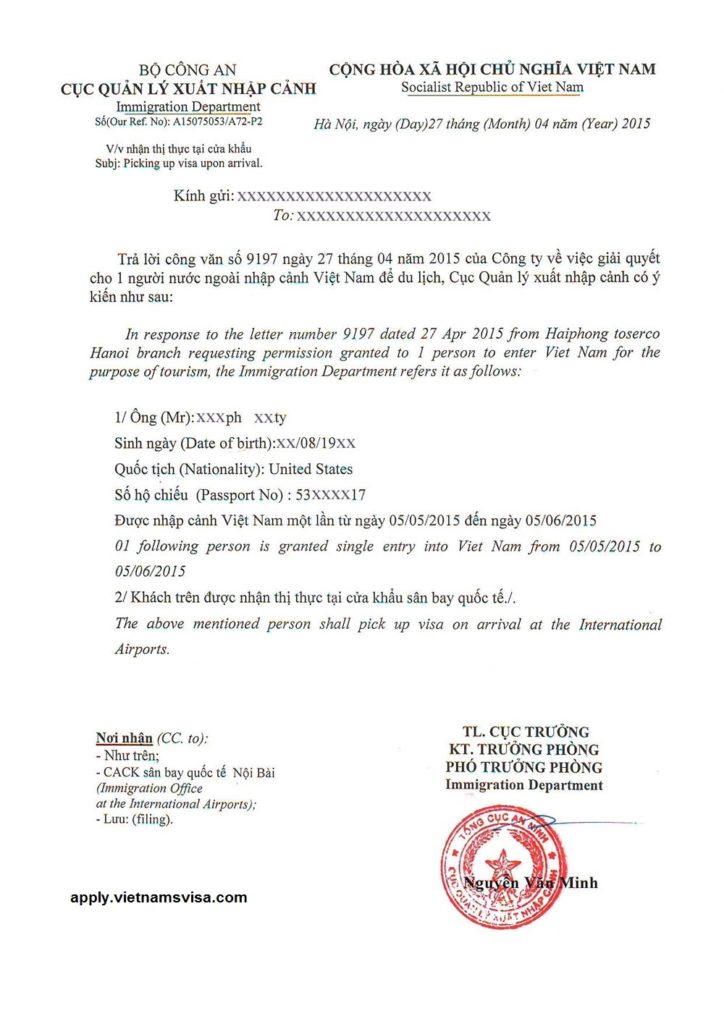
The letter of invitation (approval letter) is a letter issued by the immigration authorities in order to authorize the obtaining of the visa for Vietnam on arrival.
Thanks to the letter of invitation issued by our travel agency, you will be able to obtain your Vietnam visa at the immigration counter of the airports mentioned above for the payment of the visa fees at the airport in cash and in dollars.
Minors with their own passports will also have to pay visa fees. The time to obtain an approval letter or approval letter is usually between 3 and 5 business days. At the end of this period, our travel agency will send you the letter “approval letter” to print. The approval letter will be required at the time of check-in at the airport. Failing presentation of the visa authorization letter on arrival or a Vietnam visa, boarding your flight to Vietnam may be refused.
Note: The citizens of these countries: Afghanistan, Algeria, Bangladesh, Cameroon, Ghana, Guinea, Bissau Haiti, Iran, Iraq, Jamaica, Jordan, Kenya, Malawi, Namibia, Nepal, Nigeria, Oman, Pakistan, Palestine, Qatar, Rwanda, Saudi Arabia, Somalia, Sri Lanka, Sudan, Tobago and Trinidad, Tunisia, Turkey, Yemen, Zimbabwe are not eligible for an approval letter.
Nationals of these countries must obtain a Vietnam visa at the Vietnamese Embassy before they can enter the Vietnamese territory. All letters of approval issued will be refused upon arrival.
How to get a visa on arrival
Simple and economic, obtaining the visa for Vietnam on arrival thanks to the letter of invitation (approval letter) will save you all the hassles of the administration. This system will prevent you from moving to the Vietnam Embassy or sending your passport.
To obtain a visa on arrival at the international airport, here’s how:
– Please send us a photo of your passport to start the procedure and the exact date of arrival on Vietnamese soil
– We will then send you the invitation letter approved by the Vietnamese Government within 3 working days by email
– Print and bring on board the letter of invitation with two ID photos. You can also print and bring on the plane the enclosed form (if necessary, you can get this form on the spot at the airport)
– Upon arrival at the airport, in front of the customs, you can queue at the counter for “VISA ON ARRIVAL” – Give your two passport photos with the letter of invitation and the completed form and your passport
– Wait until your name appears on the screen. Receive your passport with a visa and pay the stamping fee in cash.
– You can now go to the customs to pass the border control.
Get your visa on arrival
Visa extension
Once in Vietnam, if you want to extend your stay but your visa comes to end, a visa extension is possible.
You can go through any local travel agency to obtain a visa extension. However, obtaining a visa extension is very expensive. It is therefore important to think carefully about the duration of your stay and your visa before arriving in Vietnam.
It is also possible to renew your visa as many times as you want thanks to the visa run technique.
